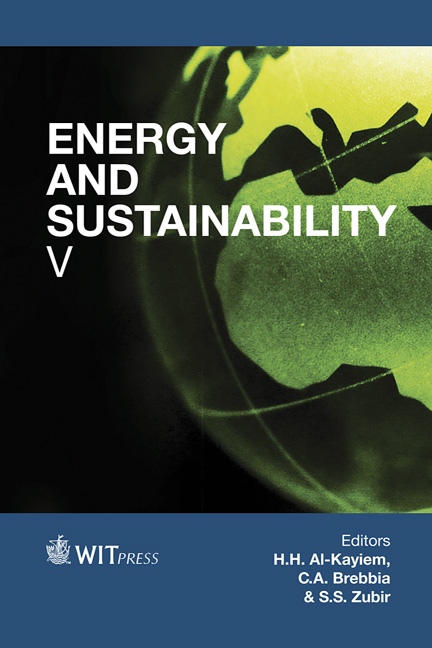The Rate-based Modelling Of CO2 Removal From The Flue Gases Of Power Plants
Price
Free (open access)
Transaction
Volume
186
Pages
12
Page Range
635 - 646
Published
2015
Size
446 kb
Paper DOI
10.2495/ESUS140561
Copyright
WIT Press
Author(s)
S. Moioli
Abstract
Recently, global warming has become a topic of great interest, involving social, economic and industrial issues. Many efforts are being made in order to limit emissions of CO2, a powerful greenhouse gas, whose massive presence in the atmosphere is increasing more and more. Industrially the most commonly used process for CO2 capture is absorption by alkanolamines, widely applied to the removal of exhaust gases from power plants. The design of the absorber is still difficult, due to the different phenomena involved. Commercially, several process simulators can be found, based on different assumptions, both for thermodynamics and for diffusion with reaction. Thermodynamics, kinetics and mass transfer greatly influence the chemical absorption process. Acid gases and amines are weak electrolytes, which partially dissociate in the aqueous phase: the high non-ideality of the liquid phase must be properly taken into account, usually with a γ/φ method. Kinetics and mass transfer can be described using two different approaches: the “equilibrium-based stage efficiency” or the “rate-based” one. This latter, if based on a proper mass transfer theory, can be used to correctly describe the phenomenon of diffusion with reaction occurring from the vapor phase to the liquid phase.
This paper focuses on modelling the absorption of CO2 by means of a piperazine solution, performed by properly modifying ASPEN Plus® with a homemade subroutine linked to the simulator. Experimental data of a pilot plant for cleaning flue gases from power plants has been used to validate the model, which represents the absorption phenomenon well.
Keywords
CO2 removal, amine scrubbing, rate-based modelling, piperazine, thermodynamics, flue gases, power plants, greenhouse gas





